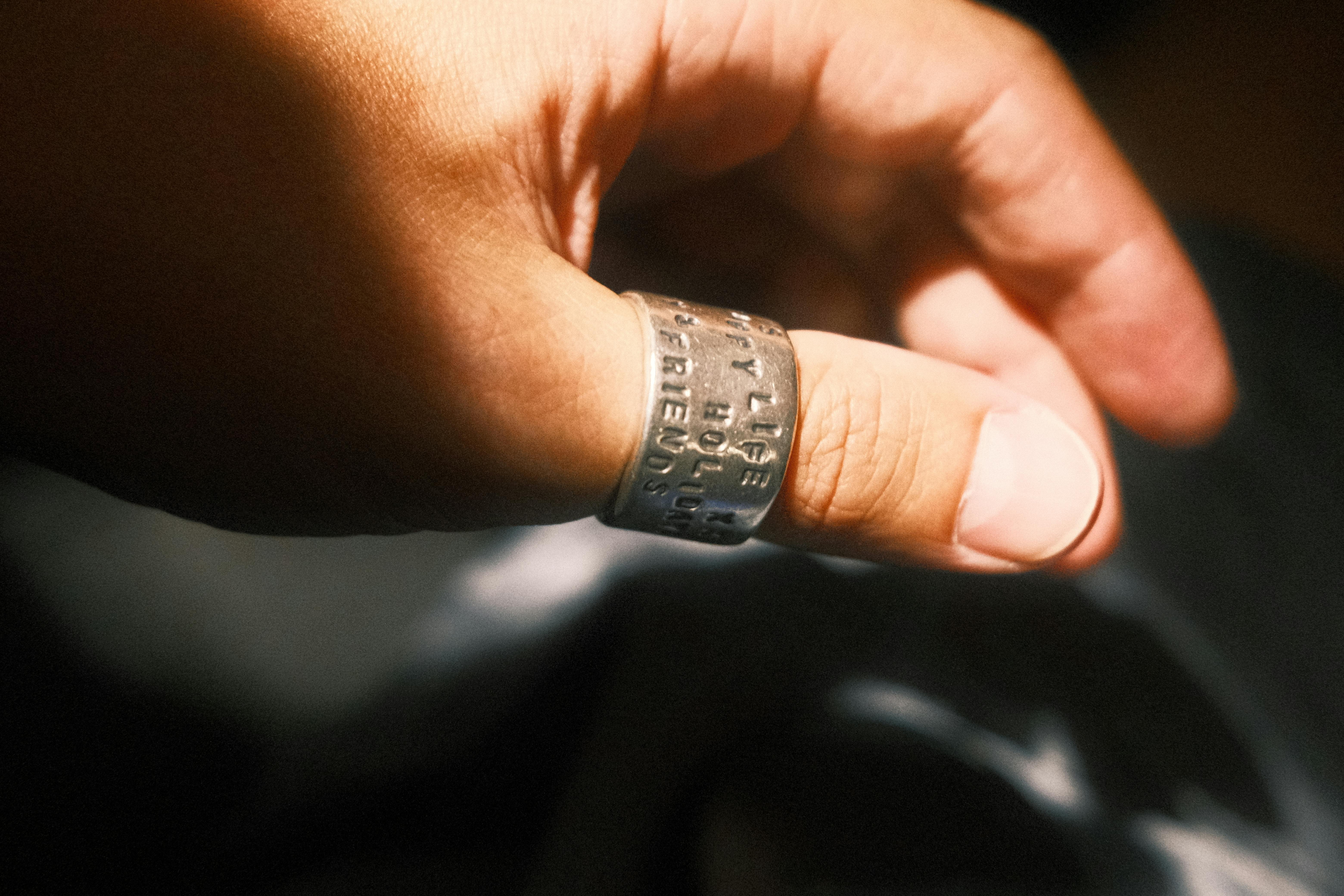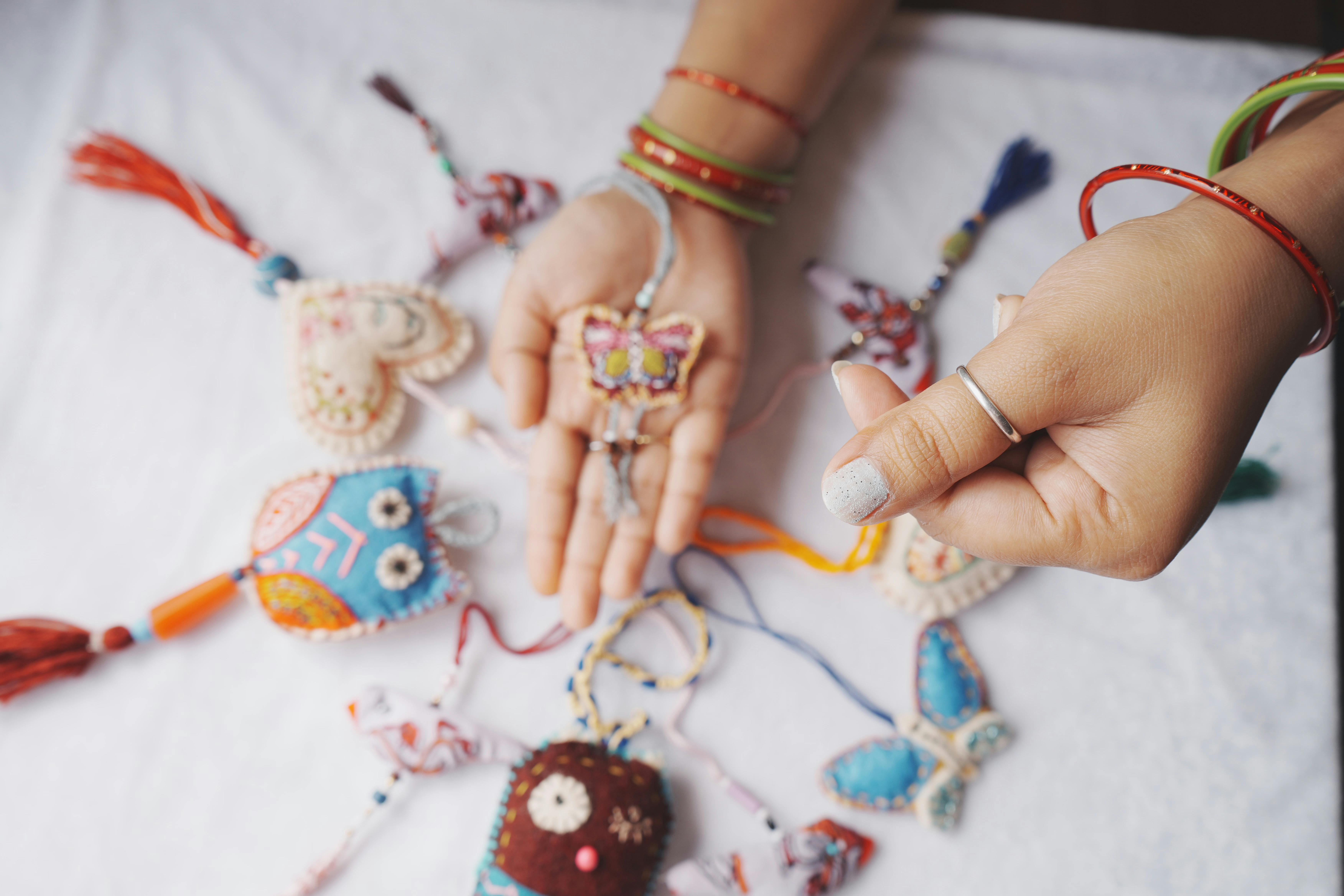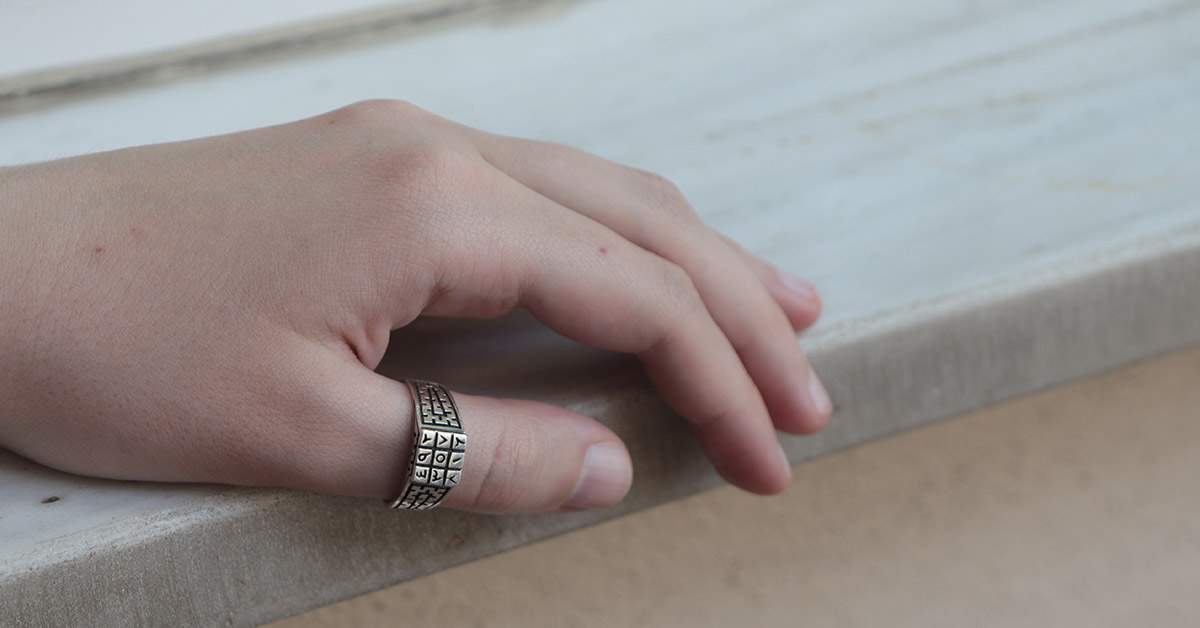The thumb ring has long held a place in both functional history and modern symbolism. While today it might appear to be a simple accessory, its presence on the thumb rather than a more common finger carries subtle but powerful meaning. A thumb ring can reflect strength, individuality, or even social intent depending on who wears it and how. Historically, this type of jewelry was used for practical reasons, especially in archery. Over time, however, it evolved into a meaningful symbol found in various cultures and across gender lines. Whether chosen for fashion or significance, wearing a ring on the thumb often sends a deliberate message.
Historical Use and Evolution

In ancient civilizations such as those in Asia and parts of the Middle East, thumb rings were originally worn by archers. These rings were essential for protecting the thumb from injury during the draw and release of arrows. They were usually made from materials like leather, bone, or jade. The design varied by culture, but the placement on the thumb was consistent. As archery became less central to everyday life, the practical use of these rings declined, but the symbolic nature endured. In many royal courts, the ring became a marker of power, influence, or status. It shifted from being utilitarian to ornamental, and with this shift came new interpretations of its meaning. Nobles, warriors, and leaders wore thumb rings not for combat, but to show rank and strength. Even when worn purely for display, it retained the energy of its original association with precision, control, and discipline.
General Symbolism of Thumb Rings

When worn today, a thumb ring continues to carry connotations of control, willpower, and independence. The thumb itself is the most self-directed finger on the hand. Unlike the others, it does not follow in line but works beside and against them. For that reason, the act of placing a ring on the thumb is sometimes read as a subtle display of autonomy. It may be used to communicate a desire to stand apart from the crowd or a sense of internal strength. In modern contexts, the ring can be purely decorative or carry personal meaning. Some people choose this ring placement to reflect their individuality. Others may wear one as a quiet form of resistance to societal norms around jewelry. Whatever the motive, it often catches attention because it differs from what is expected.
What Thumb Rings Mean for Women

For women, the thumb ring can symbolize a strong sense of self or emotional independence. It is not traditionally associated with romance or family structure, unlike rings on the fourth finger. As such, wearing a ring on the thumb may express personal freedom. Some women use it to represent empowerment, especially in a world where jewelry choices are often interpreted through a lens of relationships. In certain belief systems or spiritual practices, wearing one on the left hand may also represent intuitive power or receptivity. On the right hand, it may suggest action, strength, or assertiveness. Some interpretations associate the left thumb with emotion and the right thumb with logic or drive. While not everyone who wears a ring in this position subscribes to such meanings, the possibility for symbolic expression remains open. For many women, it becomes a way to say something without having to explain it aloud.
What Thumb Rings Mean for Men

For men, wearing a ring on the thumb can be a nod to confidence, control, or a refusal to conform. Historically, powerful men from kings to warriors wore these rings to emphasize authority. In modern fashion, this placement is often used to create visual balance, especially when multiple rings are worn on one hand. A thumb ring on a man might be chosen for its symmetry, or to stand out deliberately. It is sometimes associated with assertiveness, strength of will, or non-traditional masculinity. Unlike rings on other fingers that may be linked to status or marital ties, for men it can remain unconnected to outside obligations. It often represents internal rather than external validation. For some, it is a subtle challenge to fashion expectations. For others, it is simply a bold aesthetic choice.
Style and Material Choices

There are many design options for thumb rings, each offering its own aesthetic and symbolic value. Some choose a wide metal band for a strong, clean look. Others prefer rings with stones, engravings, or symbolic patterns. The thumb is strong enough to carry heavier designs without discomfort. Popular materials include silver, brass, stainless steel, titanium, and even leather. A sleek, minimal ring might reflect quiet confidence, while a more ornate design could suggest creativity or boldness. Because the thumb is larger than other fingers, rings for it must be sized carefully.
Comfort and movement are important, especially since this finger plays an active role in daily tasks. The right ring will fit securely without pinching or slipping. Some people choose to wear rings on both thumbs for symmetry or balance, while others prefer to keep it simple with just one ring. It can also be combined with other rings on different fingers for layered personal meaning.
How Placement Affects Interpretation

The hand and finger a ring is worn on can affect its interpretation. For example, the left hand is often associated with emotion, intuition, and internal states. A ring on the left thumb might represent emotional strength or personal insight. The right hand, associated more with logic, action, and outward expression, may suggest confidence and goal setting when a thumb ring is worn there. Placement is also influenced by dominant hand use. Some wearers choose to place the ring on their non-dominant hand to avoid discomfort or distraction. Others intentionally wear it on the dominant hand to make a stronger impression.
Cultural Differences

Cultural differences can also shape the meaning. In some traditions, a thumb ring might indicate wealth, while in others it may have religious or spiritual associations. Although today’s wearers are less likely to follow strict symbolic systems, they may still be influenced by cultural memory or personal experiences. Ultimately, the meaning is shaped by the individual and their intention.
Read More: Six Reasons Why Wedding Rings Matter More than You Think
Conclusion

Although often overlooked in discussions about jewelry, this ring holds a unique place. It represents something slightly off-center, yet deeply personal. Whether worn by men or women, it carries historical weight and modern individuality. Its connection to strength, confidence, and independence makes it more than just decoration. The symbolism is not universal, and in many cases, the meaning is what the wearer assigns to it. Some choose a thumb ring to reflect internal growth. Others wear it as a fashion choice that happens to align with personal values. From archers in ancient Asia to independent thinkers today, the story of this ring continues. It may not be loud, but it is distinct. The ring on the thumb stands for something deliberate. In a world full of trends, it allows for quiet authenticity.
Disclaimer: This article was created with AI assistance and edited by a human for accuracy and clarity.

